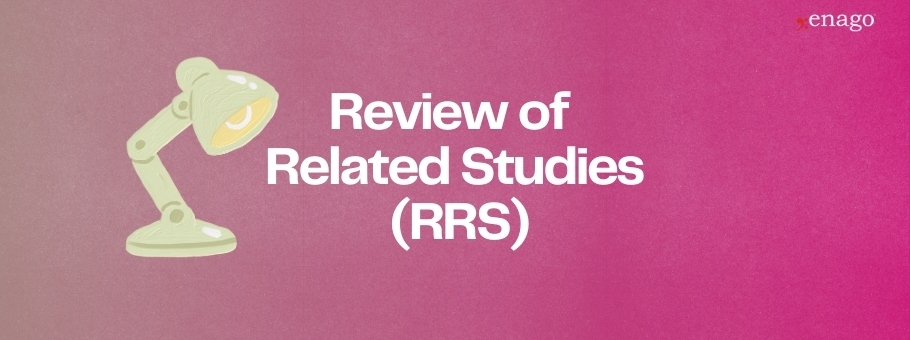Becoming a Good Peer Reviewer

Peer review plays an important role in academic publishing, giving authors of research papers a validation of their work and providing readers with reliable, high-quality content. Although there are some concerns about its practice, peer review continues to remain the most accepted method to evaluate scholarly publications. At the core of this process are the reviewers, who critically read the manuscripts prior to publication and then suggest recommendations as to whether the results should be accepted, revised, or rejected. But what does it take to become a good reviewer?
Becoming an Active Referee
Writing an honest and helpful peer review report requires expertise, good analytical skills, and excellent communication qualities. However, many graduate programs do not provide any formal training or advice on how to become a good referee. This is particularly challenging for young scientists, who may sometimes be lucky enough to have the guidance of a mentor or—in less fortunate cases—will have to learn how to review a paper on their own, usually by trial and error.
Editors normally select referees based on a few criteria that include their experience in a particular research field, their previous reviewing activities, and the quality of their publications. There are, however, several things you can do to become an active reviewer.
If you are a young scientist, you can talk to your supervisor and let them know that you are interested in reviewing. They will be able to guide you through the process or recommend you to the editors of a suitable journal. In order to support this, senior scientists can also ask their students and postdocs to contribute to a review, after checking with the editors.
Young researchers can also contact the editors of a journal directly and let them know that they are willing to help. However, they should be able to support their application and give reasons why they would be a good reviewer, for example, their qualification, publication list, etc. Conferences are a great place to meet editors and approach them with any questions or interests. It is also a good idea to maintain an updated online record of what you do and what you have published so that editors can find you more easily. In such cases, services like ORCID or Google Scholar can be of great help.
Characteristics of a Good Review
Once you have accepted a reviewing task, you have a great responsibility. The quality of the peer review process strongly depends on the quality of your report. Each manuscript is unique, so each referee report should be unique too. However, there are at least two points that characterize a good review.
The first one is fairness and politeness. Good referees always maintain a positive and constructive tone and never make personal remarks about the authors, even if the work is not good. The second point is thoroughness and clarity. Authors and editors expect reviewers to give helpful feedback and provide concrete examples and advice on how the work can be improved. Here are a few other things you should keep in mind when writing and submitting a review:
Short Guide for Peer Reviewers
- Before agreeing to review for a journal, make sure that you are comfortable with the subject of the manuscript, have enough time to complete the review within the deadline, and have no conflict of interests that might influence your work.
- When writing your report, always be friendly and constructive while remaining critical and attentive. Make sure that the results are technically sound and the claims sufficiently supported by the presented data. You should also assess the strengths and importance of the work and give clear recommendations on how it can be improved.
- Referees should check, whether the title and the abstract describe the work properly, whether the methods section provides enough details for a reader to repeat the experiments, and whether the results and discussion are presented in a detailed, logical, and understandable way. They should also check and report any possible ethical issues.
- A good way to organize your review is by starting with a summary of the paper, where you shortly describe what the authors did. Then you can include some general comments about the work, for example, some thoughts about the novelty of the findings, or the way the data is presented, and finally, you can provide a specific list describing the points that can be improved and how it can be done so. It is important to number your remarks, so that the authors can respond to them easily.
- The final step is to upload your report into the journal’s referee interface and indicate whether the manuscript should be accepted without changes, accepted after revision (minor or major corrections), or rejected.











Gives clear and concise information on what is needed to become a peer reviewer/referee